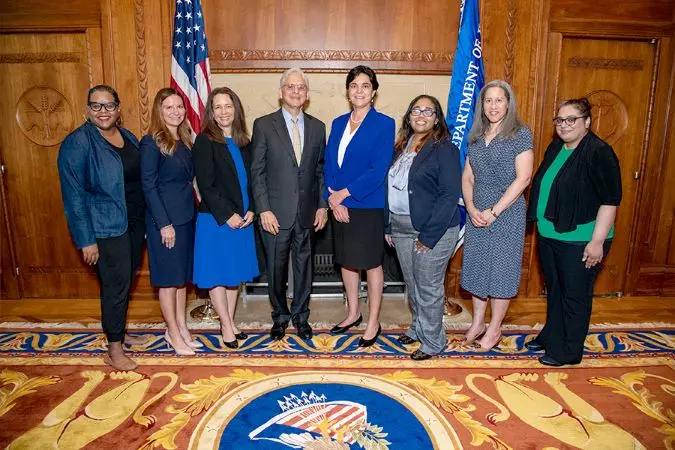In recent years, the number of women serving in Congress has reached new heights. Boosted by wins in recent elections, more women are now holding seats and making their voices heard. This increase reflects a broader push for gender diversity in government.

California leads with the highest number of women in Congress. This is not only significant in terms of representation but also demonstrates the state’s dedication to inclusivity. The impact of this presence is felt in various legislative initiatives and policy discussions.
The presence of women in Congress has far-reaching effects. They bring unique perspectives to the table, advocating for issues that affect women and families directly. Their growing numbers echo a positive trend toward more balanced representation in the U.S. legislative process.
Key Takeaways
- California has the highest number of women in Congress.
- Women’s representation in Congress is at a historic high.
- This trend enhances the diversity of perspectives in government.
Current Representation in Congress
Women are making significant strides in Congress, with recent numbers showing higher representation than ever before. The focus is on current representation, state specifics, and historical trends.
Overall Women Representation
Currently, women hold 28% of the seats in the 118th Congress. This includes 153 out of 540 total members. Breaking it down, there are 123 women in the House of Representatives and 24 women in the Senate. These numbers include both voting and nonvoting members.
The House has 90 Democrats and 33 Republicans who are women. In the Senate, there are 16 Democrats and 8 Republicans who are women. This marks a notable increase compared to previous years.
States with Highest Female Representation
Certain states stand out due to their high numbers of female representatives. For example, states like California and New York often have more women in their delegations. California, in particular, has many representatives overall, contributing to its high number of women representatives.
Some states have made remarkable progress. For instance, New Hampshire and Nevada frequently elect women to both state and federal offices. This trend indicates an increasing acceptance and encouragement of women in political roles.
Historical Trends
Looking back, there has been a steady rise in female representation in Congress over the decades. A decade ago, women constituted a smaller portion of Congress, showing immense growth today.
Past Congresses had fewer women, with significant milestones occurring in the last 20 years. Early representation was sparse, but consistent advocacy and societal changes have led to more women running for and winning seats.
Such historical context highlights the ongoing effort and improvements made in gender representation in the U.S. legislative bodies. This progress is crucial for ensuring diverse perspectives and inclusive policymaking.
Impact and Significance
The presence of more women in Congress has far-reaching consequences in legislation and provides diverse leadership roles. These impacts shape not only policies but the very nature of political discourse.
Legislative Influence
Women in Congress often prioritize issues that directly affect families, such as health care, education, and child care. They bring unique perspectives and experiences to legislative discussions, crafting bills that address gaps often overlooked by their male counterparts.
Increased female representation has also resulted in more bipartisan cooperation. Women are known for their collaborative approach, which fosters a more inclusive environment for debate and decision-making. This can lead to more comprehensive and balanced policies that consider a wider range of viewpoints.
Additionally, their influence extends to committee leadership. Women who chair committees can drive the legislative agenda, ensuring that critical issues such as gender equality and public health receive the attention they deserve.
Diversity in Leadership
Having more women in Congress enhances diversity in leadership, which is crucial for a representative democracy. It reflects a broader spectrum of the population, helping to ensure that various demographics and their needs are represented.
Women leaders serve as role models, inspiring younger generations to pursue careers in politics. Their visibility in high-profile roles breaks down barriers and challenges outdated gender norms, paving the way for future female leaders.
Diversity in leadership also fosters innovation. Different perspectives lead to new ideas and solutions, enriching the legislative process. This diversity drives progress by integrating a variety of experiences and insights into policy-making, ultimately benefiting the entire nation.







